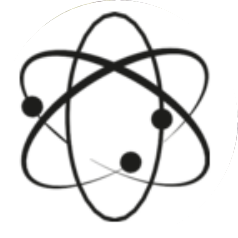(B) The 2009 H1N1 influenza pandemic left a troubling legacy in Europe: More than 1300 people who received a vaccine to prevent the flu developed narcolepsy, an incurable, debilitating condition that causes overpowering daytime sleepiness, sometimes accompanied by a sudden muscle weakness in response to strong emotions such as laughter or anger. The manufacturer, GlaxoSmithKline (GSK), has acknowledged the link, but how the vaccine might have triggered the condition has been unclear. In a paper in Science Translational Medicine (STM) this week, researchers offer a possible explanation. They show that the vaccine, called Pandemrix, triggers antibodies that can also bind to a receptor in brain cells that help regulate sleepiness. The work strongly suggests that Pandemrix triggered an autoimmune reaction that led to narcolepsy in some people who are genetically at risk. “They put together quite a convincing picture and provide a plausible explanation for what has happened”, says PasiPenttinen, who heads the influenza program at the European Centre for Disease Prevention and Control. 4tIt*s really the kind of work we've been waiting for 5 years.” But the results still need to be confirmed in a larger study, the authors and other narcolepsy researchers say. A 2013 paper in STM by another group, documenting a different type of vaccine-triggered autoimmune reaction, was retracted after the results proved irreproducible. Narcolepsy, a mysterious malady that affects roughly one in 3000 people in Europe, most often appears in childhood or adolescence. Patients lose certain brain cells in the hypothalamus, leading to a deficiency of hypo-cretin, a molecule that helps regulate the sleep-wake cycle. Researchers suspect an autoimmune reaction is to blame because many people who develop narcolepsy—and just about everyone with the vaccineassociated form—have a specific variant in a gene in the HLA family, which helps the body distinguish its own proteins from those made by microbial invaders. When they heard about the rise in narcolepsy in 2010, neuroscientist Lawrence Steinman and rheumatologist Sohail Ahmed began scouring databases for proteins expressed in the brain that might resemble those in the vaccine. Their search turned up a suspect: a piece of a receptor for hypo-cretin resembles part of the H1N1 influenza nucleoprotein—which binds to the virus genome and plays a key role in its replication.The flu vaccine is designed to trigger antibodies to influenza's surface proteins, but if it elicits antibodies to the nucleoproteinas well, those might well latch on to the hypocretin receptor, and eventually lead to death of the cells, the researchers thought. In the new work, the researchers added serum from Finnish narcolepsy patients who had received Pandemrix to cells that were engineered to display human hypo cretin receptor 2 on their surface. Antibodies from the patients bound to these cells in 17 of 20 samples. Serum from Italians who had been vaccinated with a different pandemic vaccine from Novartis, called Focetria, did not have such antibodies. The researchers also showed that Focetria, which has not been linked to narcolepsy, had a much lower concentration of nucleoprotein than Pandemrix did.
6.D 7.C 8.B 9.D 10.B


